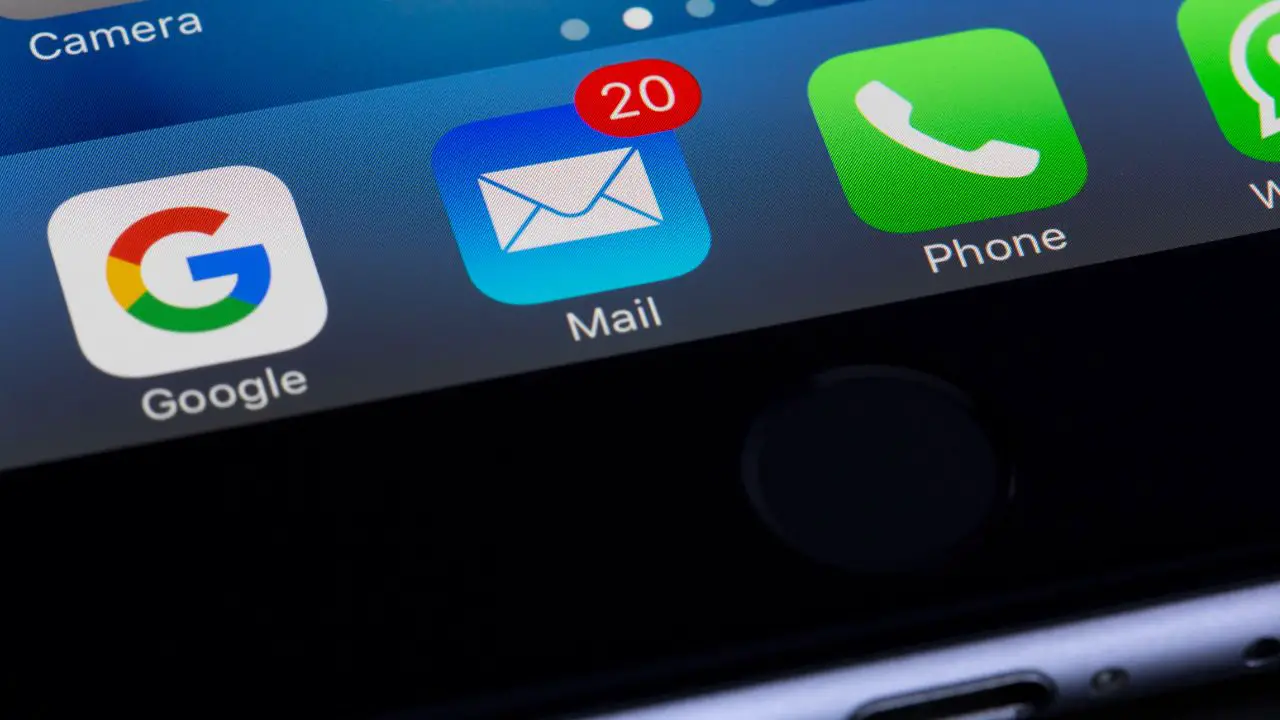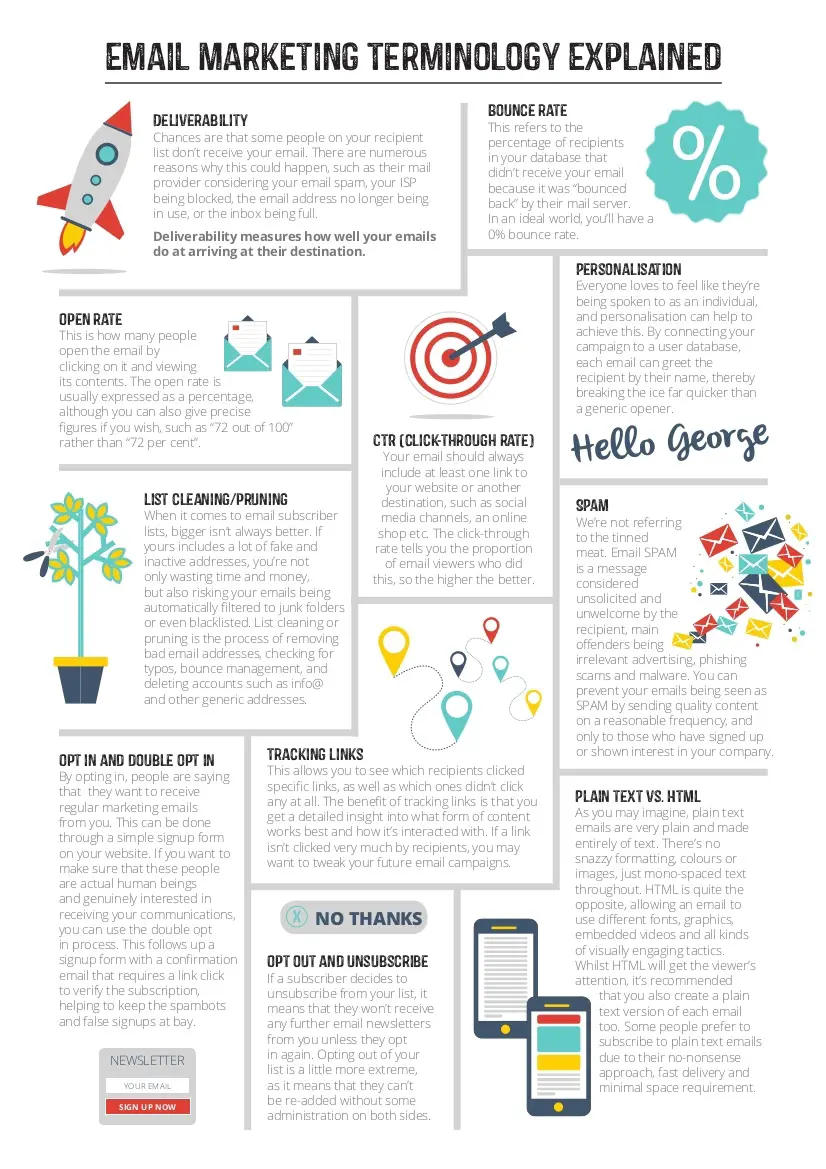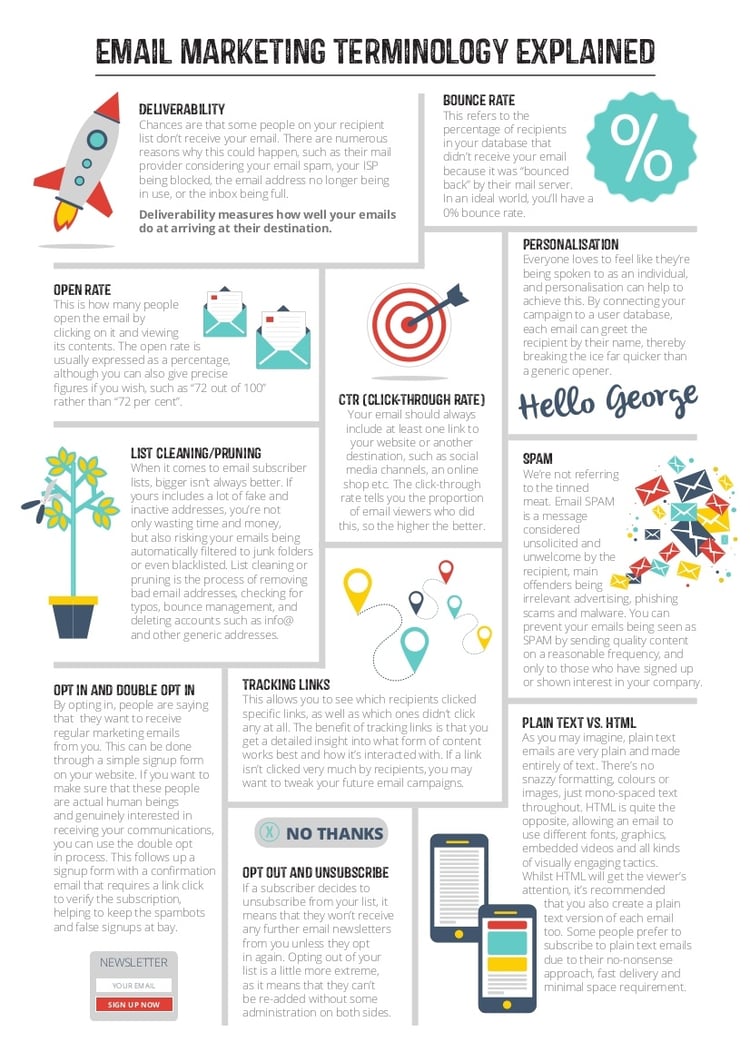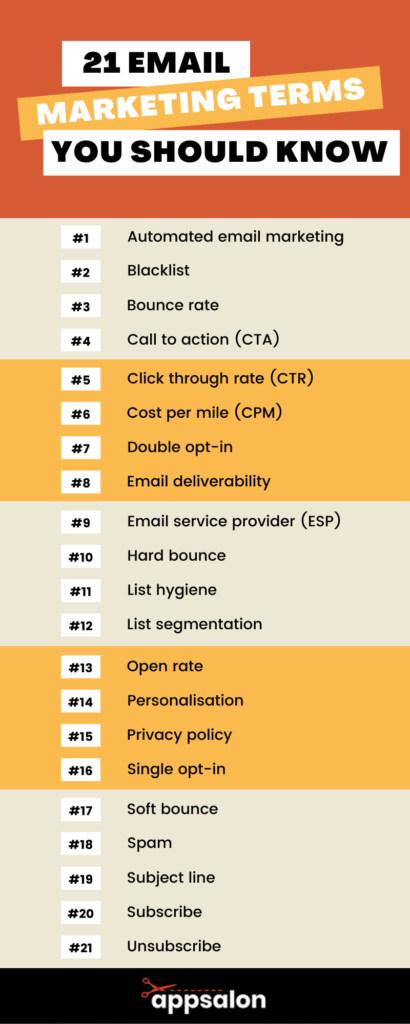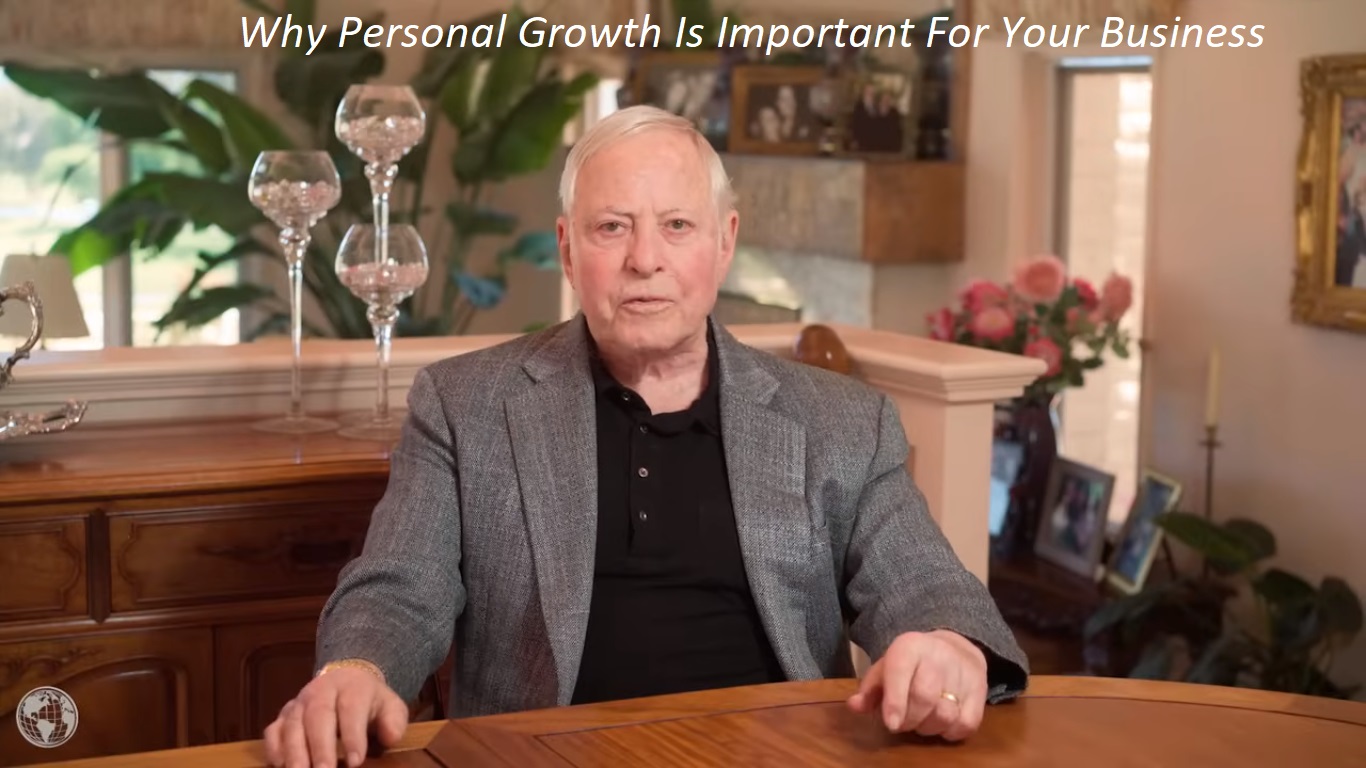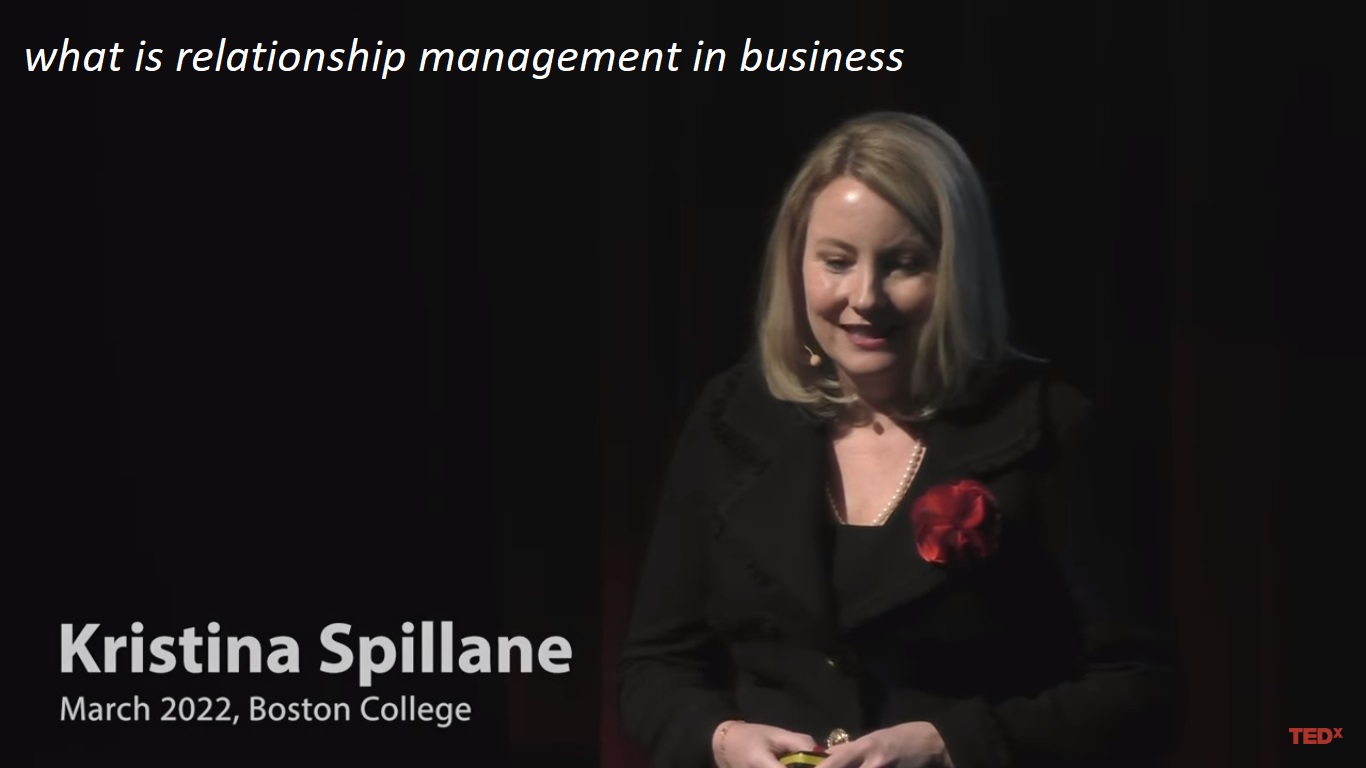Introduction
Email marketing is a powerful tool for businesses to connect with their audience, but it comes with its own set of challenges, especially regarding data privacy. The General Data Protection Regulation (GDPR) has significantly impacted how businesses collect, store, and use personal data in the European Union. This article will explore how GDPR affects email marketing and provide actionable steps to ensure compliance.
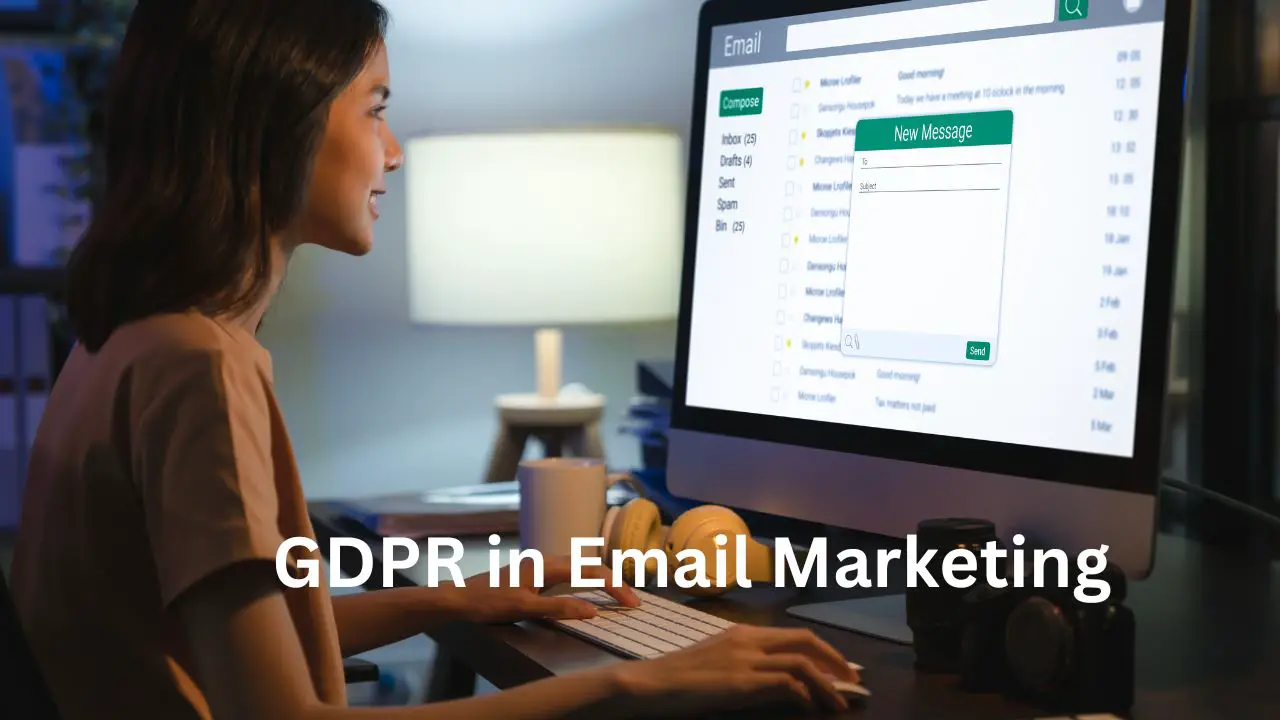
Understanding GDPR
The General Data Protection Regulation (GDPR) is a regulation by the European Union that came into effect on May 25, 2018. It aims to protect the personal data of EU citizens and give them control over their information. GDPR applies to any business that processes the personal data of EU residents, regardless of the company’s location.
Key Principles of GDPR
- Lawfulness, Fairness, and Transparency: Data must be processed lawfully, fairly, and transparently.
- Purpose Limitation: Data should be collected for specified, explicit, and legitimate purposes.
- Data Minimization: Only collect data that is necessary for the intended purpose.
- Accuracy: Ensure that data is accurate and kept up to date.
- Storage Limitation: Data should not be kept longer than necessary.
- Integrity and Confidentiality: Ensure appropriate security measures to protect data.
- Accountability: Businesses must be able to demonstrate compliance with GDPR.
GDPR Compliance in Email Marketing
Obtaining Consent
Under GDPR, obtaining explicit consent from individuals before adding them to your email list is crucial. This consent must be freely given, specific, informed, and unambiguous.
How to Obtain Consent
- Clear Opt-in Forms: Use straightforward language and avoid pre-checked boxes. Ensure the opt-in form explicitly states what the individual is consenting to.
- Double Opt-in: Implement a double opt-in process where users confirm their subscription via email to ensure genuine consent.
- Documentation: Keep records of when and how consent was obtained to demonstrate compliance if required.
Data Transparency and Rights
GDPR grants individuals various rights regarding their personal data, including the right to access, rectify, erase, and restrict processing.
Ensuring Data Transparency
- Privacy Policy: Have a clear, accessible privacy policy explaining how data is collected, used, and protected.
- Access Requests: Be prepared to provide individuals with their data upon request within one month.
- Data Portability: Ensure that individuals can easily transfer their data to another service provider if they choose to.
Data Security
GDPR requires businesses to implement appropriate technical and organizational measures to secure personal data.
Steps to Enhance Data Security
- Encryption: Use encryption to protect data both in transit and at rest.
- Regular Audits: Conduct regular security audits to identify and address vulnerabilities.
- Employee Training: Train employees on data protection best practices and the importance of GDPR compliance.
Handling Data Breaches
In the event of a data breach, GDPR mandates that businesses notify the relevant supervisory authority within 72 hours and inform affected individuals without undue delay.
Breach Response Plan
- Incident Response Team: Have a dedicated team to manage data breaches.
- Notification Procedures: Establish clear procedures for notifying authorities and affected individuals.
- Mitigation Measures: Implement measures to mitigate the impact of the breach and prevent future occurrences.
Best Practices for GDPR-Compliant Email Marketing
Segmenting Your Email List
Segmenting your email list helps ensure that your messages are relevant and valuable to your subscribers, which can enhance engagement and reduce the likelihood of unsubscribes.
How to Segment
- Demographic Information: Segment based on age, gender, location, etc.
- Behavioral Data: Use data such as purchase history, email engagement, and website activity.
- Preferences: Allow subscribers to choose what types of emails they want to receive.
Personalizing Email Content
Personalization can significantly improve the effectiveness of your email marketing campaigns.
Personalization Techniques
- Dynamic Content: Use dynamic content blocks to tailor email content to individual subscribers.
- Personalized Subject Lines: Use the subscriber’s name or relevant details in the subject line.
- Recommendations: Provide personalized product recommendations based on past behavior.
Regularly Updating Your Email List
Keeping your email list up to date is essential for maintaining engagement and ensuring compliance.
List Maintenance Tips
- Regular Clean-Up: Remove inactive subscribers and those who have not engaged with your emails in a while.
- Re-Engagement Campaigns: Send re-engagement emails to inactive subscribers to confirm their interest.
- Preference Centers: Allow subscribers to update their preferences and opt-out of specific types of emails.
Providing an Easy Opt-Out
GDPR requires that you provide an easy and straightforward way for subscribers to opt-out of your emails.
Opt-Out Best Practices
- Clear Unsubscribe Link: Ensure the unsubscribe link is easily visible in every email.
- One-Click Unsubscribe: Make the opt-out process as simple as possible.
- Confirmation Page: After unsubscribing, direct users to a confirmation page and offer options to update their preferences.
FAQ Section
1. What is GDPR, and why is it important for email marketing?
GDPR (General Data Protection Regulation) is an EU regulation that protects personal data and privacy. It is crucial for email marketing because it ensures that businesses handle personal data responsibly, enhancing trust and compliance.
2. How can I obtain consent from my email subscribers?
You can obtain consent through clear opt-in forms, double opt-in processes, and transparent communication about what subscribers are consenting to. Always keep records of the consent given.
3. What rights do individuals have under GDPR regarding their data?
Individuals have the right to access, rectify, erase, and restrict the processing of their data. They also have the right to data portability and to withdraw consent at any time.
4. How can I ensure data security in email marketing?
Implement encryption, conduct regular security audits, and provide employee training on data protection best practices. Having a breach response plan is also essential.
5. What should I do in case of a data breach?
Notify the relevant supervisory authority within 72 hours and inform affected individuals without undue delay. Implement measures to mitigate the impact and prevent future breaches.
6. How can I personalize my email marketing campaigns?
Use dynamic content, personalized subject lines, and personalized product recommendations. Segment your email list based on demographic information, behavioral data, and preferences.
7. How often should I update my email list?
Regularly clean up your email list by removing inactive subscribers and those who haven’t engaged with your emails in a while. Use re-engagement campaigns and allow subscribers to update their preferences through preference centers.
8. How can I make it easy for subscribers to opt-out?
Include a clear and easily visible unsubscribe link in every email, make the opt-out process simple, and provide a confirmation page with options to update preferences.
Conclusion
Complying with GDPR is not just about avoiding hefty fines; it’s about building trust with your audience. By implementing the principles and best practices outlined in this guide, you can create a GDPR-compliant email marketing strategy that respects your subscribers’ privacy while effectively promoting your business. Stay informed, stay transparent, and prioritize your customers’ data security to succeed in the evolving landscape of email marketing.


